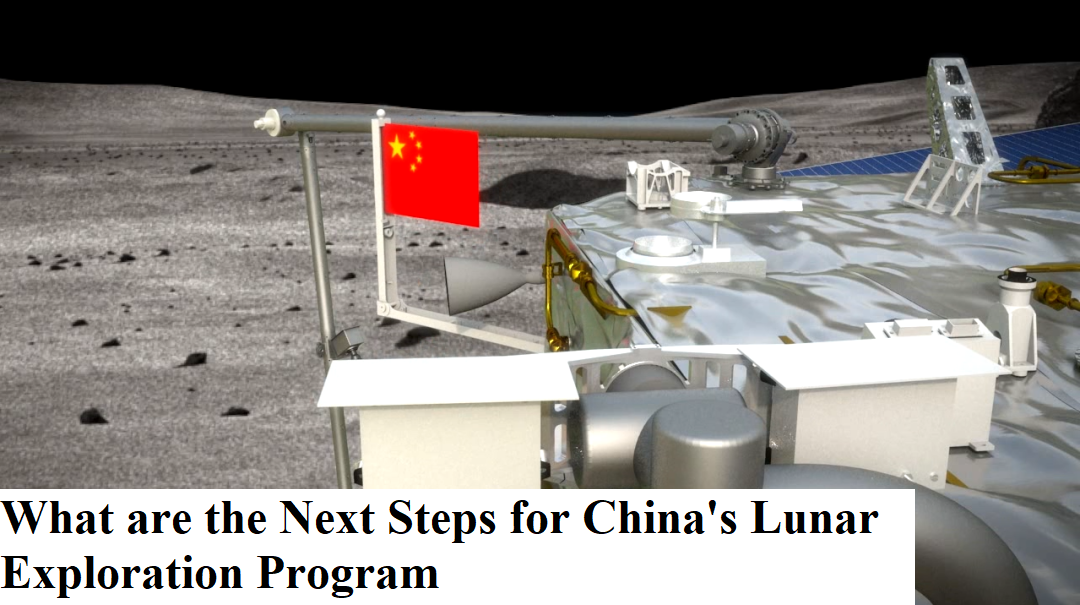
China’s long-term commitment to lunar exploration, with a focus on resource utilization, scientific research, and establishing a permanent presence on the Moon. China’s lunar exploration program has several key next steps planned:
-
Chang’e 7 mission
Scheduled for launch in 2026, this mission will survey the lunar south polar region for water ice and other resources. It aims to conduct detailed surveys of the terrain, geological composition, and space environment in this area.
-
Chang’e 8 mission
Planned for 2028, this mission will test technologies necessary for the construction of a lunar science base. It will also conduct surveys and scientific experiments, with a focus on on-site utilization of lunar resources.
-
International Lunar Research Station (ILRS)
China, in collaboration with Russia, is planning to establish the ILRS. The first phase involves building a “basic station” by 2035 in the lunar south pole region to begin pilot experiments utilizing local resources. The second phase, projected to be completed by 2045, will see an expansion of this basic station.
-
Crewed lunar missions
China has announced its intention to land humans on the moon by 2030, targeting the resource-rich lunar south pole.
-
Continued sample analysis
China will continue to analyze the samples returned by Chang’e 6 and use the findings to inform future missions and lunar exploration strategies.
China Collects Samples from Moon’s Far Side
China has made history by successfully returning the first ever samples collected from the far side of the Moon. The Chang’e 6 spacecraft landed in the Apollo crater within the South Pole-Aitken (SPA) basin on June 1, 2024, and gathered approximately 2 kilograms of rock and soil using a scoop and drill. The samples were transported back to Earth by the return capsule, which landed in China’s Inner Mongolia Autonomous Region on June 25. This achievement marks a significant milestone for China’s lunar exploration program and the first time any nation has retrieved material from the far side of the Moon. The lunar samples have the potential to provide valuable insights into the early history of the Moon and Earth. The samples may also contain fragments of the lunar mantle, offering clues about the Moon’s formation and evolution. The far side presents unique challenges due to its lack of direct communication with Earth, requiring the use of a relay satellite. This achievement solidifies China’s status as a major player in space exploration and sets the stage for future collaborative efforts, such as the planned International lunar research station with Russia.
The Scientific Objectives of the Upcoming Chang’e Missions
Obtain information on lunar inner ring structure, mineral/element components, electric and magnetic fields, heat flow, and gravity fields. Study the distribution and sources of lunar water and volatiles, and directly confirm the presence and source of water ice on the Moon. Image energetic neutral particles in Earth’s magnetotail with high spatial, time, and energy resolution. Study the lunar environment, including surface magnetic field, lunar dust, and radiation to elucidate causes of surface magnetic anomalies. Conduct detailed surveys of the terrain, geological composition, and space environment in the lunar south polar region.

